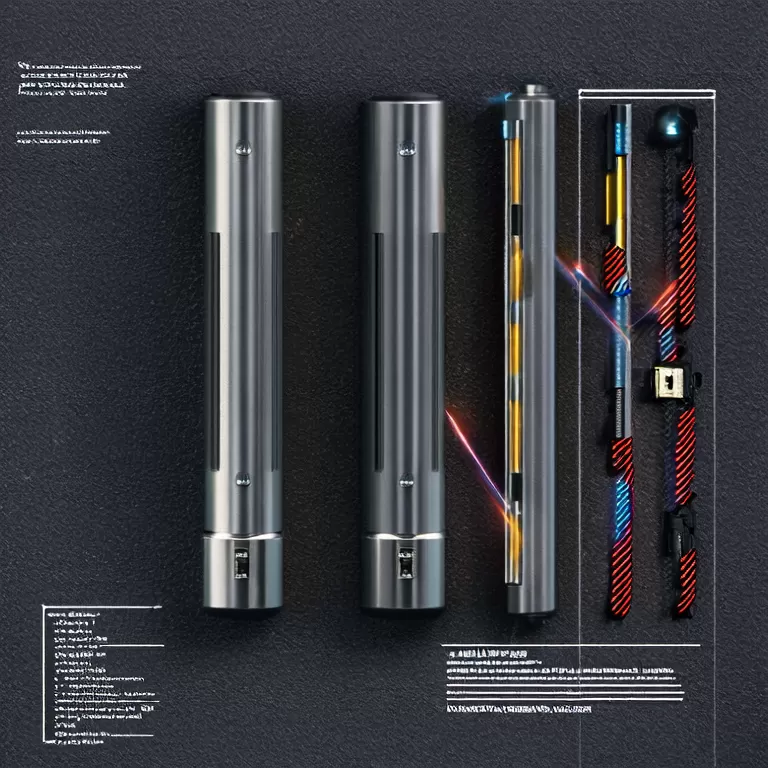- Home
- Products
+
- Connectors
+
- Box Header Connectors & Ejector Header Connectors
- Female Header Connectors
- Male Pin Header Connectors & Mini Jumper Connectors
- IC Socket / PLCC Socket / ZIF Socket Connectors
- Wire to Board Connectors & Wire to Wire Connectors
- IDC Connectors
- FFC / FPC Connectors
- Micro Match Connectors
- DIN41612 Connector
- D-Sub Connectors / D-SUB hood
- SIM & Micro SIM & Nano SIM Card Connectors
- Memory Card Connectors
- USB 2.0 / USB 3.0 / USB 3.1 / Type C / Micro USB / IEEE 1394 / Mini USB Connectors
- DVI Connectors & HDMI Connectors
- Y13 / Y17 /Y21 IP68 Waterproof Circular Connectors
- Circular Connectors
- SATA Connectors
- Audio Connectors
- Terminal Blocks
+
- PCB Terminal Block Rising Clamp
- PCB Terminal Block Wire Protector
- Pluggable Terminal Blocks
- Screwless-Spring terminal blocks
- Barrier Terminal Blocks
- Reflow Solder LCP Housing Terminal Blocks
- Fuse lighting terminal blocks
- Feed Through Terminal Blocks and Box
- Miniature Rail-mounted Terminal Blocks
- Insulated terminals
- Non-insulated terminals
- Solder terminals for PCB mount
- Switches +
- Crystals / Oscillators / Resonators +
- Transformers +
- Ethernet Connectors +
- RF Connectors +
- Sound sources +
- Latching Relay +
- Antenna +
- Connectors
+
- Cross Reference
- Solution
- About RHT
- FAQ
- Download
- News
- Contact Us +
Ultimate Guide to Selecting Crystals for Telecom Equipment
 Jun. 30, 2025
Jun. 30, 2025Table of Contents
1. Introduction to Crystals in Telecom
2. Key Factors to Consider When Selecting Crystals
3. Types of Crystals Used in Telecom Equipment
4. Step-by-Step Process for Selecting Crystals
5. Comparison of Popular Crystal Types
6. Conclusion
1. Introduction to Crystals in Telecom
Crystals are vital components in telecom equipment, impacting performance and reliability. When choosing crystals for your telecom devices, understanding the nuances of crystal types, functionality, and specifications can lead to significant operational efficiencies. Poor selections can result in 50% performance degradation in signal processing. This guide aims to equip you with the knowledge needed to make informed decisions.
2. Key Factors to Consider When Selecting Crystals
2.1 Frequency Tolerance
The resonance frequency must align with device requirements.
2.2 Temperature Stability
Temperature changes affect crystal oscillation; select based on environment.
2.3 Quality Factor (Q)
A higher Q value signifies better performance and lower loss.
3. Types of Crystals Used in Telecom Equipment
3.1 Quartz Crystals
Known for their stability; perfect for high-frequency applications.
3.2 SAW Crystals
Surface Acoustic Wave crystals offer great performance in filters.
3.3 MEMS Crystals
Micro-Electro-Mechanical Systems are compact and highly reliable.
4. Step-by-Step Process for Selecting Crystals
Define the application requirements.
Evaluate frequency specifications.
Research temperature ranges.
Assess quality factor requirements.
Compare types available.
Select the optimal crystal based on data reviewed.
5. Comparison of Popular Crystal Types
| Crystal Type | Frequency Range | Tolerance | Temperature Stability | Q Factor |
|---|---|---|---|---|
| Quartz | 1 MHz - 1 GHz | ±20 ppm | -40 to 85°C | 100,000 |
| SAW | 100 MHz - 3 GHz | ±5 ppm | -30 to 100°C | 20,000 |
| MEMS | 1 MHz - 1 GHz | ±10 ppm | -40 to 125°C | 15,000 |
6. Conclusion
Selecting the right Crystals for Telecom Equipment can significantly enhance device performance, reliability, and longevity. By understanding key factors such as frequency tolerance, temperature stability, and quality factor, manufacturers and distributors can make better-informed choices that lead to successful applications. Consider using this guide as a resource for your next projects in telecom manufacturing.
 Dec. 12, 25
Dec. 12, 25
What connector is used in audio equipment?
 Dec. 12, 25
Dec. 12, 25
What is a feed-through terminal block?
 Dec. 10, 25
Dec. 10, 25










